Ive posted-"Word of the Day" - It's a great site that lets you read, define, and suggest a word. I have had it on the SMART BOARD each morning ! Its fun I let the students suggest a word for the site to use , for the next day.
http://dictionary.reference.com/wordoftheda
I found so many activities on reading resource..YOU SHOULD definitely stop by their website (AMAZING) the resources are free and printable!http://www.readingresource.net/vocabularyactivities.html
VOCABULARY ACTIVITIES:
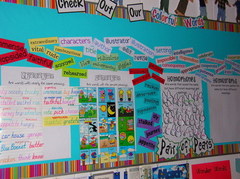 "Colorful Words" Wall
"Colorful Words" Wall Teaching vocabulary is important. We have space for furniture and equipment; we have space for books, backpacks, and writing utensils. If words are important, then finding places to organize and display words should take prominence in the structure of your classroom.
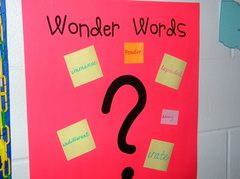
Wonder Words Poster Template
The above template (enlarged) provides students the opportunity to place words they understand when they are reading. Students are provided with opportunities during the day to discuss their word with others as we try different strategies to figure it's meaning.
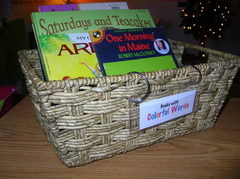
Books With Colorful Words
Books for teaching vocabulary that contain "Colorful Words" are kept in a special place in the classroom. Books are reread throughout the year as we continue to find additional books with interesting words.
Big Words for Little People by Jamie Lee Curtis and Sparkle and Spin by Ann and Paul Rand are great books to use at the beginning of the school year. Check out our Reading Resource II Page for other great books to teach "colorful words".
TEACHING WITH VOCABULARY ACTIVITIES
Vocabulary Dictionary
Help children keep track of the interesting words they come across by having them create their own vocabulary dictionary! A page is dedicated for each letter of the alphabet...Simply have children write the word, write synonyms or the meaning of the word, and draw a visual association to help remember the word.
Making Connections: Story Impression
Help children make connections between words while making predictions about the text. Before reading, pick a handful of words that children will encounter. Write these words (in order they are located in the book) under "Story Chain". Have them read the first two words and think how they are connected. Under "Story Prediction," have them write words or draw pictures to describe the connection. Next, have them connect the second and third word and write words or draw a picture to describe the connection. This continues until all of the words have been "connected". This is a great vocabulary AND comprehension activity!
My Word Meaning
Choose a word that you will come across in a read aloud. Write that word in the left column. Have children draw a picture or write words to show what that word means to them before the reading. After you read, have the students draw a picture or write words if their meaning has changed. (This vocabulary activity is helpful to use when the comprehension strategy "mental image" is introduced).
New Word Grid
The New Word Grid allows students to make personal connections with words. It appeals to visual learning styles and allows students to organize their thinking and relate to words in a personal way.
My Connection
When teaching vocabulary, explain to your child, "Words are important to me and you will understand soon how important they are to you. Because we feel this way, we are going to spend time focusing on words and the connections between words and our reading." Use the following template for your child to draw or write their connections they make with words.
What Would It Mean?
Children enjoy sharing their personal connections to words, but they also need to know how a word fits into the world. Place a vocabulary word you are focusing on and have children think about what it might mean to someone else. (Children enjoy discussing what a word would mean to fictional characters and school staff members. This vocabulary activity works best when used on an overhead transparency to generate whole-group conversation).
My Schema
'Schema" is one of the first words we learn about at the beginning of the school year. It is all of the things that you know in your brain. Everyone has schema, although everyone's schema is different. Using the above document, have children draw a picture or write words in the light bulb about their schema for a particular word. This vocabulary activity can even create some interesting discussions in the classroom!
The Un-Dictionary
Authors like Dr. Seuss and Roald Dahl create "silly" words that sound appealing to children. Their meanings can be figured out in context even though they are not real words. These "un-words" are kept in a special binder that students can add to when they come across them in print. A fun vocabulary activity for working with words!
SYNONYMS
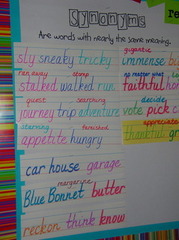
Synonym Poster Template
This word bank focuses on word structures (synonyms) created by the teacher and student.
Synonym Word List
Click the above link to see a list of common synonyms!
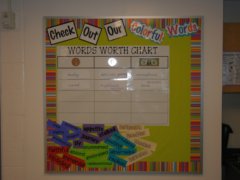
Words Worth Chart
Vocabulary activities can help children when they are reading and when they are writing! Enlarge the above template and laminate. Display in a prominent area of the classroom. When children come across new words in print, place in the "dollar" column. Work backwards and help them generate words that mean about the same, but might be not as interesting as the "dollar" word. (The "penny" and "dime" words help children make connections between the synonyms and help them remember the meaning of the "dollar" words). This is also a helpful vocabulary activity when children are writing, place one of their words in the "penny" column and add more interesting words to the "dime" and "dollar" column. Two templates are attached for printing.
Worn Words
Enlarge this template and use with "Words Worth Chart" (above). Once the Words Worth Chart is full, take off the "penny" and "dime" words and place them in the trash! Once words are in the trash, students are encouraged to use the "dollar" words when they are speaking and writing.
My Colorful Synonyms
This is one of the first vocabulary activities we teach at the beginning of the school year. Begin by collecting bags of crayons that contain various shades of a specific color (Ex. Red: Red-Orange, Hot Magenta, Mahogany, Razzmatazz, Maroon, & Red-Violet). On a large chart paper write a word students can easily generate synonyms for, like "happy". Write the word and color over it with a red crayon. Have students think of other words that mean about the same thing as the word "happy". Write them down and shade over each word with a different shade of red. This activity helps children understand that synonyms are words that mean about the same thing but have different meanings and spellings; just like there are various shades of crayons. Using the above template, students can come up with synonyms for a word while coloring each crayon a different shade of a color.
Synonym Turkeys
This vocabulary activity (best used in November) helps students generate synonyms for a specific word with their families. When the list is returned to school, students place their original word on the body of the turkey and write the synonyms on each feather. Have children share their new words with classmates and display them in the room!


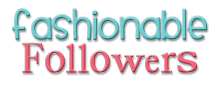

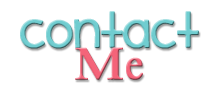
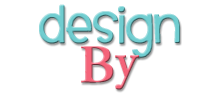

No comments:
Post a Comment